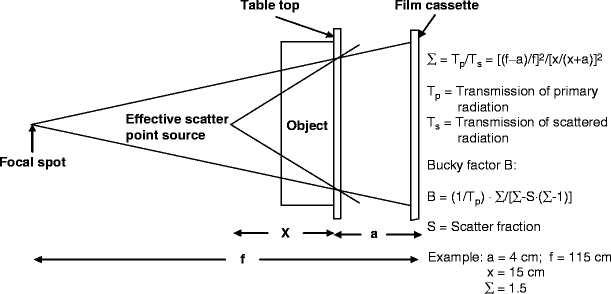

Differentiating factors include: complexity of procedure, total fluoro time, size of patient, and operator proximity to the primary beam/image intensifier. Some interventional procedures result in significantly more scatter radiation than others. Contact us to learn more about our products or to ensure your workplace is utilizing the most innovative and high-tech radiation shielding on the market.ALL Fluoro-guided Procedures Produce Scatter Radiation Lancs Industries makes and supplies high-quality radiation shielding products for businesses and medical facilities. A little protective clothing and a change in routine can go a long ways towards preserving your long-term health. While it’s easy to grow accustomed to health and safety risks in the workplace, it’s imperative that those exposed to scatter radiation do not take those risks lightly. For example, radiologists should minimize the X-ray beam to cover the area of interest, diminishing the potential for scatter they should also stand at least 6-feet away and at a 90-degree angle to the patient. However, more extensive protective clothing may be required depending on the situation and the length and duration of the employees’ radiation exposure.Įmployees who work with radiation should be continuously educated and trained regarding the dangers of radiation exposure and the precautions that make the most sense for their workplace and environment. In most cases, a lead apron is all that is required to keep personnel safe. For example, room designs and furnishings should encourage minimum exposure to scatter radiation, and placing the radiation tech behind a protective wall or curtain, at an angle that makes them the least prone to absorbing scattered radiation. The designers must be educated about the risks and dangers of radiation and scatter radiation so that rooms are designed accordingly. There are several types of precautions that medical facilities and other workplaces prone to scatter radiation take to ensure the health of their employees. Precautions For Avoiding Scatter Radiation This isolates the X-rays as much as possible so they are less prone to side scatter. To mitigate side scatter, you may have noticed that X-ray rooms are typically void of other objects and the table is located in the center of the space. Side scatter is caused by objects in the immediate areas, such as walls, floors, and tables. If the B is visible in the resulting image, backscatter is occurring, the strength of the “B”’s visibility indicating the level of backscatter taking place. Additionally, a letter “B” is placed on the back of the cassette to indicate an abundance of backscatter. To prevent backscatter, the industry has adopted the standard procedure of adding a 0.005″ lead screen in front and a 0.010″ screen behind the film for added protection. This type of scatter radiation is created from behind the film and directed back towards the X-ray tube. The bulk of this type of radiation derives from the X-rays bouncing off the patient’s body. Even those the X-Rays are specifically focused on a single target, the x-rays will still scatter and those scattered rays can continue to scatter around the room based on various design features.

In the case of X-rays, the most common source of scatter radiation for most humans, the “object” in question is the patient. It is important to keep in mind that scatter radiation has the ability to travel in all different directions.” They are protecting themselves from a particular form of radiation, called “scatter” or “secondary” radiation.īy definition, “Scatter radiation occurs when radiation deflects off an object, causing x-rays to be scattered. While technicians typically retire behind a radiation-proof wall or barrier, they must still take very careful precautions in terms of protective clothing, shielding, and their daily work habits. In truth, unless you receive frequent X-rays, the individuals who are at most risk for cumulative radiation damage are the radiology technicians who spend the bulk of their working day surrounded by radioactive waves and particles. Most people are concerned about their own health and safety when they get an X-Ray.


 0 kommentar(er)
0 kommentar(er)
